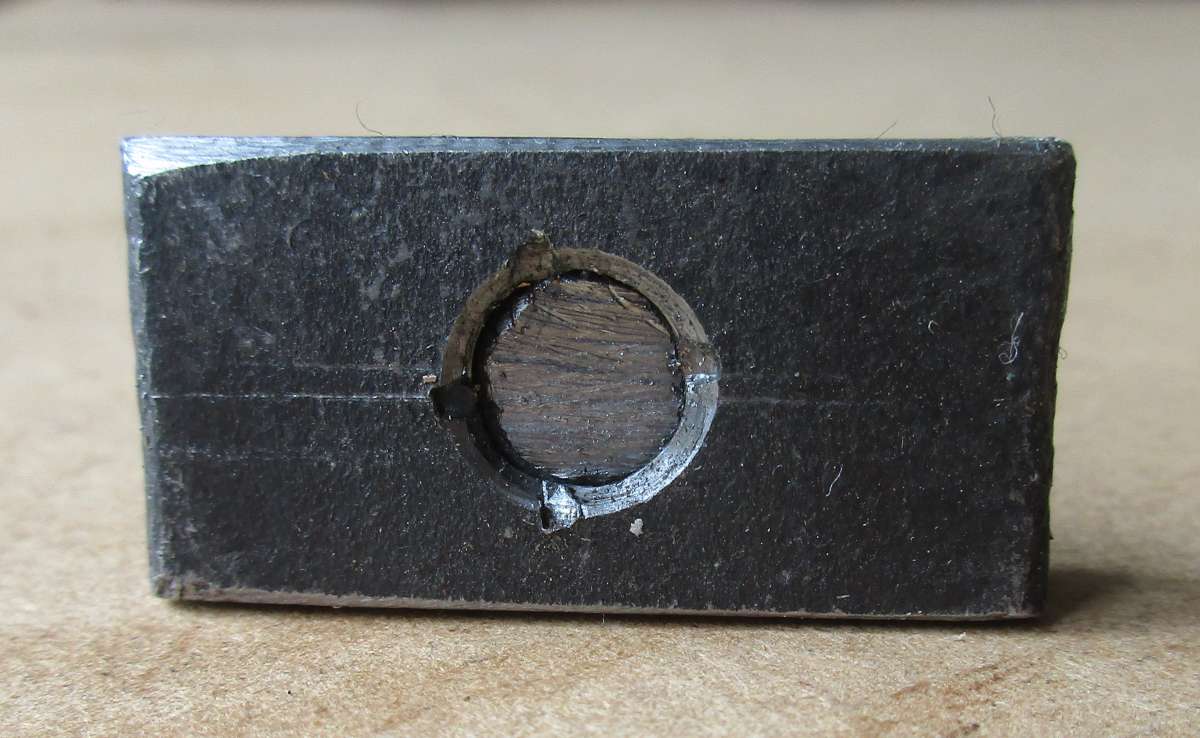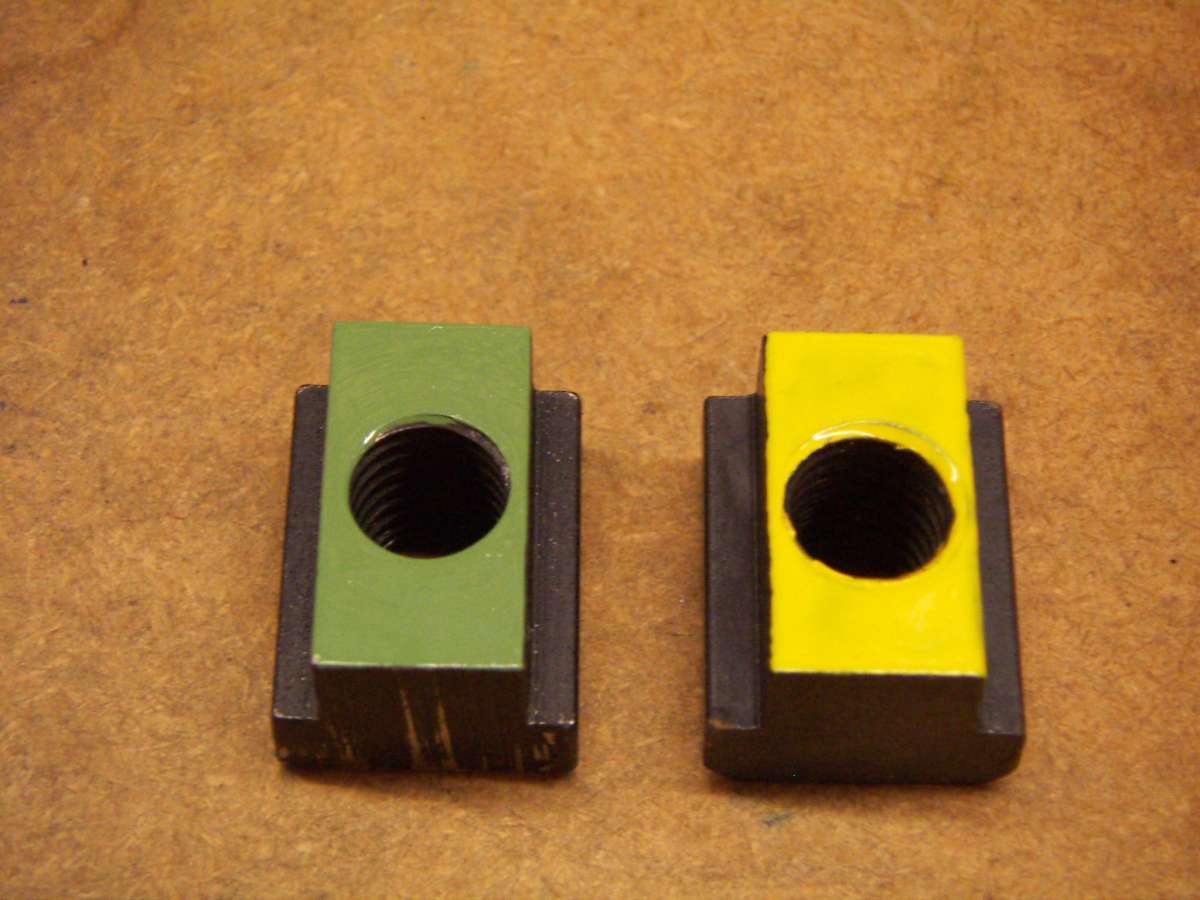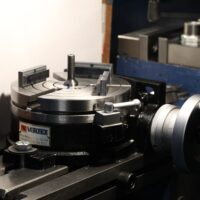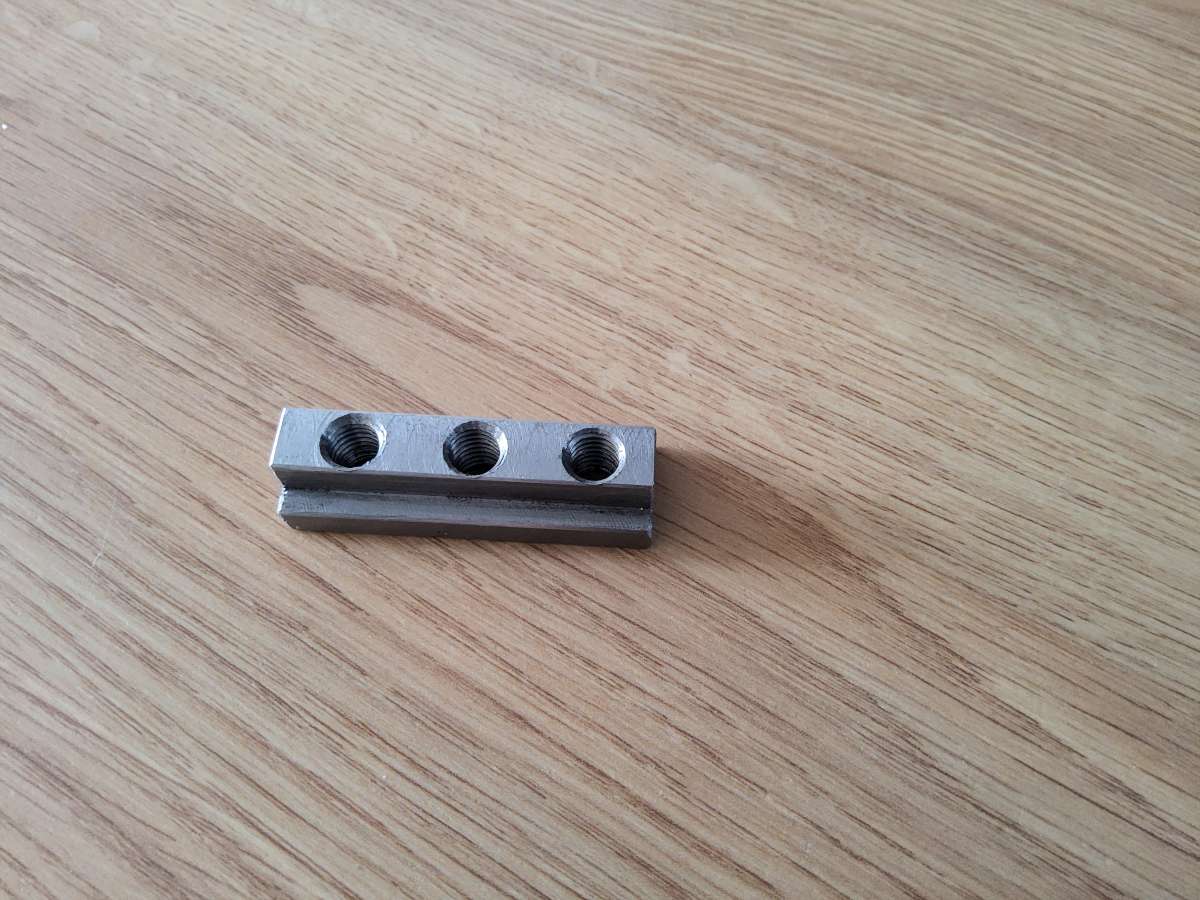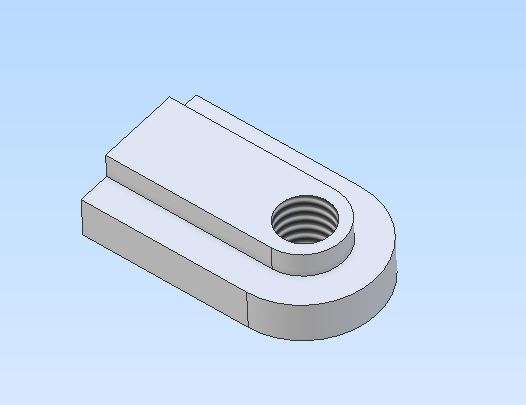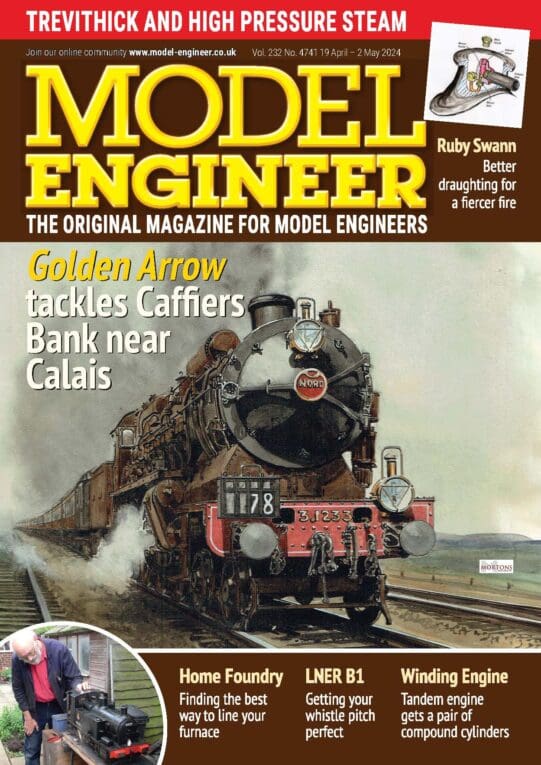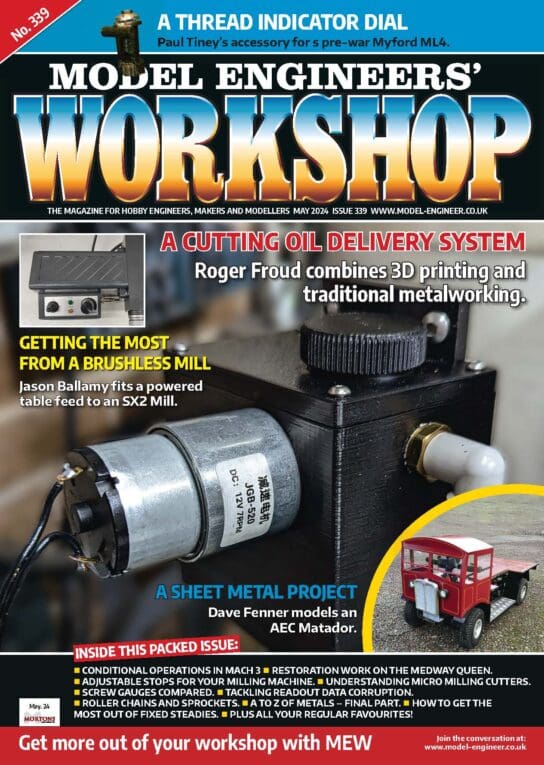Three comments
1 If you have the Division Plates, Do a few calculations and checks that the chart supplied is correct.
If it isn’t, there are at least two charts available on here, which are correct.
Hopefully, it has been corrected after I found that the settings for 13 divisions (6 turns and 30 holes on a 39 hole plate) was wrong. Should have been 6 turns and 36 holes on a 39 hole plate. Hope my memory is correct after all this time! There were at least three other errors, and a couple of omissions
2 Be VERY careful over screwing studs through the T nuts, or over tightening the nuts. A M6 thread can exert quite enough force to produce a crack. The need for a new Cross slide taught me that!
3 Although you can use M10 studs to secure the HV6 to the mill table, in the vertical position, it may be worth extending the slots, and using M8 studs and T nuts. (It was for my RF 25 mill/drill.) It will still be a bit of fiddle getting the fixings into place.
If you have the Tailstock, you can use the HV6 and the Tailstock to align each other.
I made stepped dowels to locate the Tailstock to the Mill table.
A 2 MT Blank Arbor, bored out to be a SNUG fit on the Barrel of the Tailstock cemtre, will align the Tailstock for height (The dowels will align on the Mill table; then clamp up height and angle adjustments). At the same time, the 2MT arbpr. fitting over the tailstock barrel / centre will align the HV across the table.
The Tailstock can then be moved along the table to accommodate whatever is held by the HV6.
Somewhere in MEW there is at least one article on aligning a HV6 on a mill, for both horizontal and vertical use.
HTH
Howard (Typos all corrected, I hope!)
Chris Mate.


